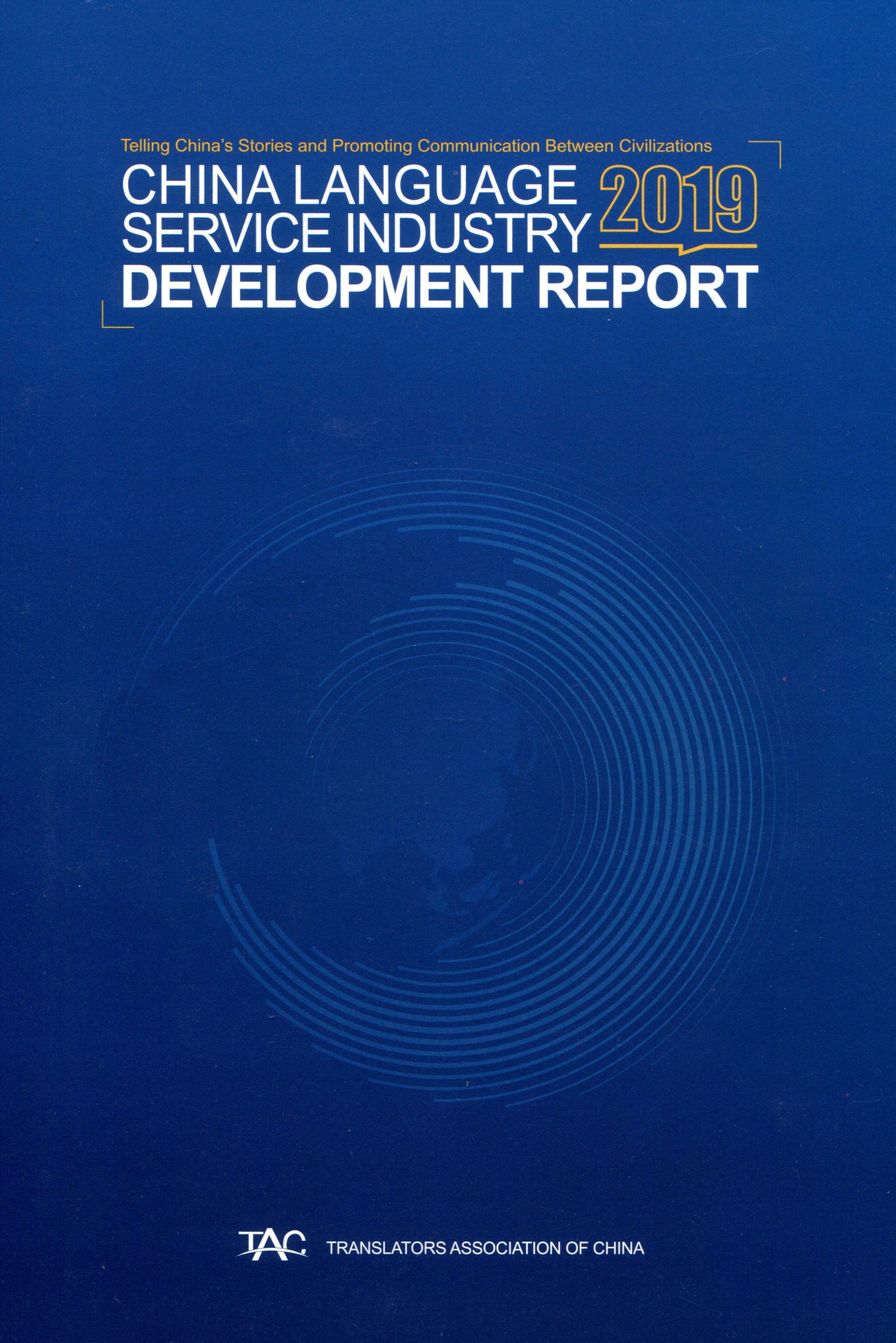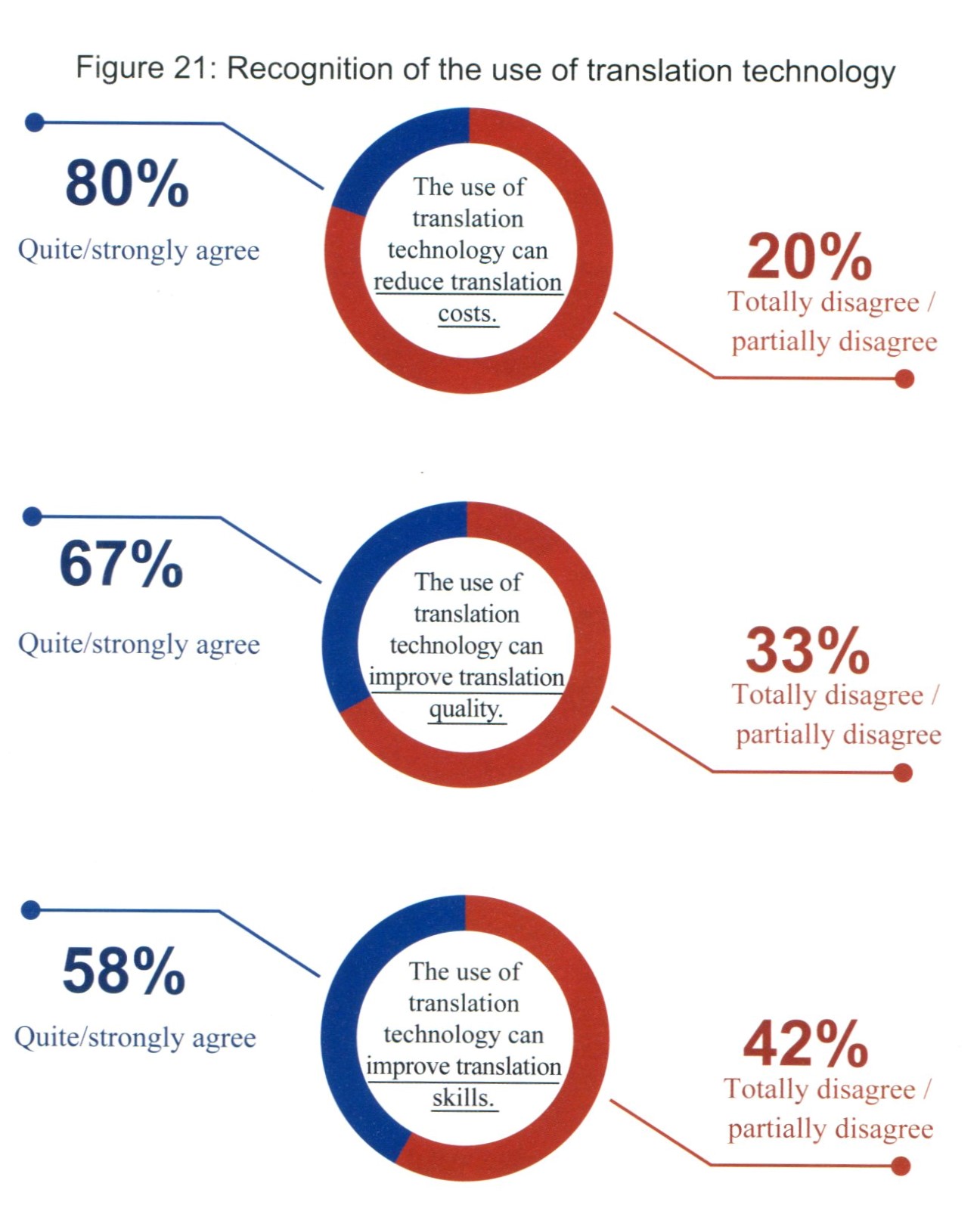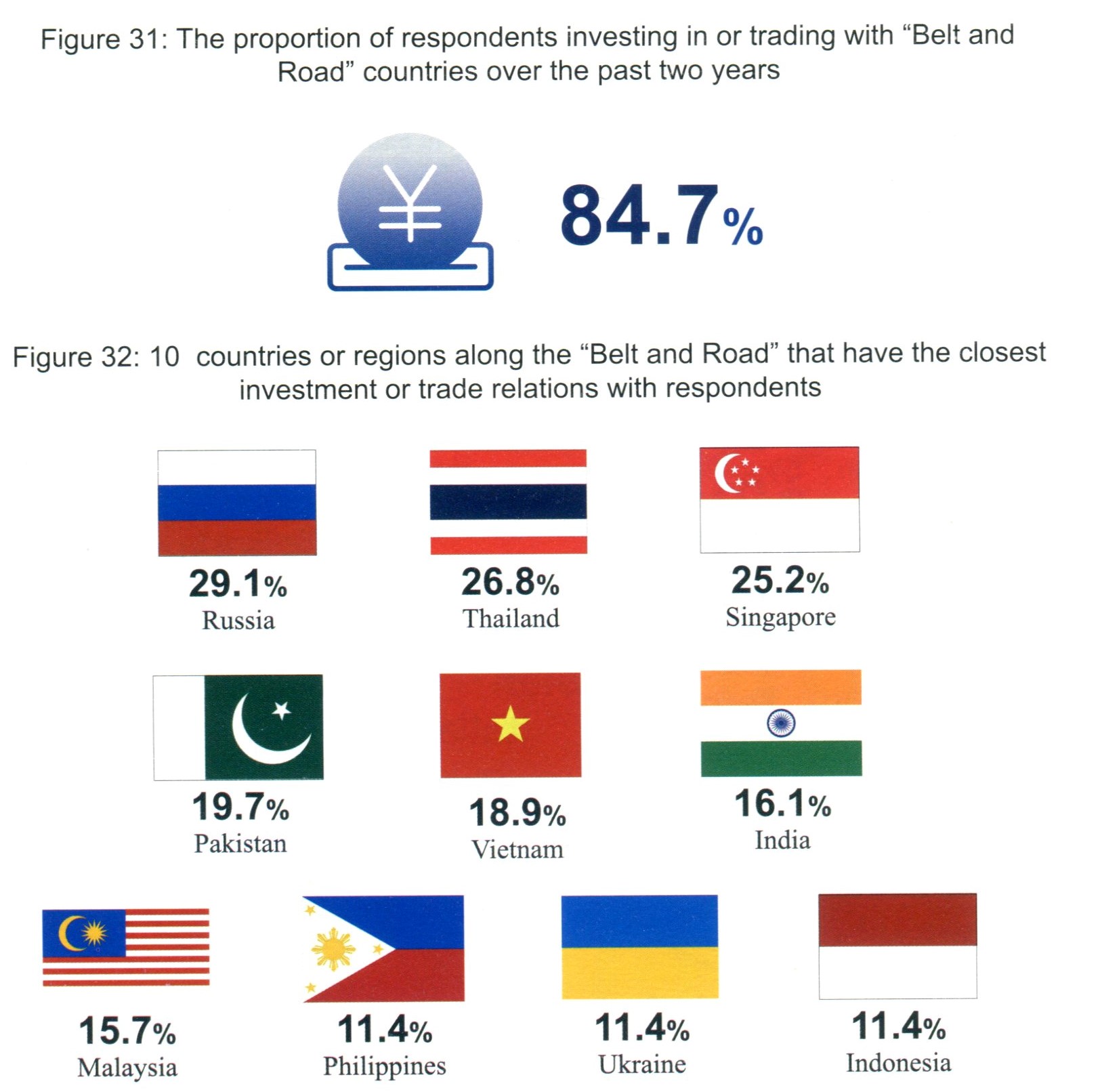The “2019 China Language Service Industry Development Report” was released. Last year, the industry’s total output value reached RMB37.22 billion.
On 9-10 November, sponsored by the Translators Association of China (TAC), the Annual Conference of the Translators Association of China 2019: “Translation in China – 70 years of development” was held at the Empark Grand Hotel in Beijing.
At the Conference, Huang Youyi, Executive Vice President of the TAC, announced the official release of the 2019 China Language Service Industry Development Report.
According to his presentation, since 2012, the TAC has been conducting a biennial survey of the domestic language services industry and releasing the “China Language Service Industry Development Report” analyzing the status quo, characteristics, problems and trends of the language service industry. From the beginning of this year, the biennial survey was changed to an annual one.
The main data collected in the “2019 China Language Service Industry Development Report” was provided by the State Administration for Market Regulation and Dataway, Inc. Data resulted from the analysis of aspects ranging from the overall state of development of the industry, the supply and demand of language services, the training of language service personnel, the development of translation technology and artificial intelligence to other dimensions of the language services industry developed within the scope of the Belt And Road Initiative.
Huang Youyi, executive vice president of the Translators Association of China announced the release of the “2019 China Language Service Industry Development Report”.
The output value of global language services has maintained an upward trajectory.
According to the latest data from Common Sense Advisory, the total value of global language services reached US$46.52 billion in 2018, and the total output value in 2019 is expected to approach US$50 billion for the first time.
According to the report, at the end of June 2019, there were 369,935 enterprises in China with language services within their business scope, representing an increase of nearly 50,000 from the end of June 2018. At the end of 2018, the number of enterprises with language services as their main business was 9,734; compared with the end of June 2018, 82 were added. The total value of language services was RMB37.22 billion, and the average operating income of a single enterprise was RMB3.823 million, an increase of RMB1.29 billion and RMB100,000 respectively compared with those of 2017.
Domestic language service providers participating in the survey are generally optimistic about their language service income in 2019. 94.7% of the respondents predicted that their language service income in 2019 will increase compared with 2018. Among them, 16.3% of the respondents predicted significant increase in their language service income in 2019.
Translation services of the participating language service providers are mainly concentrated in Chinese to Foreign translation and Foreign to Chinese translation, which account for 41% and 43%, respectively. The proportion of Foreign to Foreign translation is relatively small, at 16%. In terms of languages, English, French, Japanese, German and Russian are the top five languages in terms of translation volume, and some less commonly taught languages in the countries along the Belt and Road routes have become popular working languages in translation.
Translation services cover diverse fields in the domestic language service industry. Among them, information technology, education and training, and government international communication have become the top three areas where translation orders are placed on language service providers, accounting for 63%, 52%, and 45.3%, respectively.
The application of machine translation is relatively common
Quality satisfaction about machine translation is generally low
According to the report, 41% of language service providers surveyed indicated that they often use machine translation, and 45% of language service practitioners surveyed said they occasionally use machine translation. 75% of the language service purchasers in the survey have a positive attitude towards machine translation.
80% of freelance language practitioners surveyed believe that “the use of translation technology can help reduce translation costs,” 67% of them think that “the use of translation technology can help improve translation quality”, and 58% of them agree that “the use of translation technology can help improve translation skills.”
In terms of satisfaction with machine translation quality, 53% of the language service providers surveyed are largely “satisfied” with current machine translation quality, and 42% of the respondents said they are “not very satisfied”. 70.7% of the respondents indicated that the main obstacle to using translation technology is that “machine translation results can easily cause confusion among translators”, followed by “lack of suitable technical maintenance personnel” (38.7%).
71% of language service purchasers in the survey believe that “negative news of machine translation quality will affect the credibility of machine translation”. If machine translation can attain a good reputation, 96.7% of respondents indicated that they are willing to choose machine translation to complete a portion of the translation business of their company/unit.
The number of MTI graduates totalled 40,000
The number of candidates who passed CATTI tests reached 145,000
According to the report, as of June 2019, there were 1,040 colleges and universities offering foreign language related majors nationwide. In 2019, the National Foreign Language Program enrolment covers 16 languages in more than 10 universities. In 2019, there were 42 languages available as major languages at Beijing Foreign Studies University, 25 in Shanghai International Studies University, and 22 in Guangdong University of Foreign Studies.
The top 9 foreign language colleges/institutions in 2017-2019 include: Sichuan International Studies University (6479 students enrolled in various foreign language majors), followed by Dalian University of Foreign Languages (6195), Guangdong University of Foreign Studies (5034), Xi’an International Studies University (4883), Tianjin Foreign Studies University (4375), Beijing Foreign Studies University (3058), Beijing International Studies University (2921), Shanghai International Studies University (2343) and Beijing Language and Culture University (1506).
There are 253 colleges offering graduate translation programs (MTI) across the country, and 281 colleges have undergraduate translation programs (BTI). They mainly offer translation and interpretation majors in 11 languages, i.e., English, French, Japanese, Russian, German, Korean, Spanish, Arabic, Thai, Vietnamese, and Italian. The number of enrolled students has grown rapidly, with the number of MTI enrolments growing from about 350 in 2008 to over 10,000 students each year at present. As of 2019, the cumulative MTI enrolment reached more than 60,000 students, with 40,000 graduates.
Among them, more than half of the universities surveyed have already opened translation technology-related courses. 64.2% are quite satisfied with the translation technology-related courses that have been opened. When it comes to offering translation technology-related courses, 73.5% of the universities surveyed said that “lack of professional teachers” was the most prominent problem they currently face. In addition, 20.6% of the respondents indicated that they currently “lack well-written and authoritative textbooks.”
Launched in 2003, the China Accreditation Test for Translators and Interpreters (CATTI) currently covers 7 languages, including English, French, Japanese, Russian, German, Spanish, and Arabic. The tests were given at three levels: Level 1, Level 2, and Level 3; in 2 categories: interpretation and translation. In addition to English simultaneous interpretation test, there are a total of 43 kinds of tests. The tests are all computer-based, and the annual number of candidates is nearly 300,000. As of the first half of 2019, the cumulative total number of candidates had reached 1.07 million, with 145000 people having passed the tests.
Cooperation developed by the Belt and Road Initiative reaches 136 countries and involves more than 111 languages
According to the report, as of the end of August 2019, 136 countries and 30 international organizations had signed a total of 195 documents that signaled willingness to cooperate with China to help build the Belt and Road Initiative. The total number of official languages and commonly used languages has exceeded 111.
84.7% of the language service purchasing enterprises in the survey have invested in or made trade relations with the countries along Belt and Road routes in the past two years. Investments have been distributed across a wide range of countries or regions, among which Russia, Thailand, Singapore, Pakistan, Vietnam, India, Malaysia, the Philippines, Ukraine, and Indonesia represent the top 10 places of corporate investment or trade volume.
The business of surveyed language service providers mainly covers English, French, Japanese, German, Russian, and Spanish, as well as some less commonly used languages of some countries along the Belt and Road, such as Korean, Thai, Vietnamese, Belarusian, Polish, and Mongolian.
67.3% of the language service providers surveyed said that “they urgently need a large number of translators in less commonly used languages”, and 85.7% of the respondents indicated that “professionals in less commonly used languages are more difficult to recruit”. “The shortage of translators in less commonly used languages” and “high recruitment costs” are the problems most frequently faced by language service companies.
By the end of 2018, a total of 548 Confucius Institutes, 1,193 Confucius Classrooms, and 5,665 teaching points had been established in 154 countries and regions.
Source: “2019 China Language Service Industry Development Report” published by the Translators Association of China.











